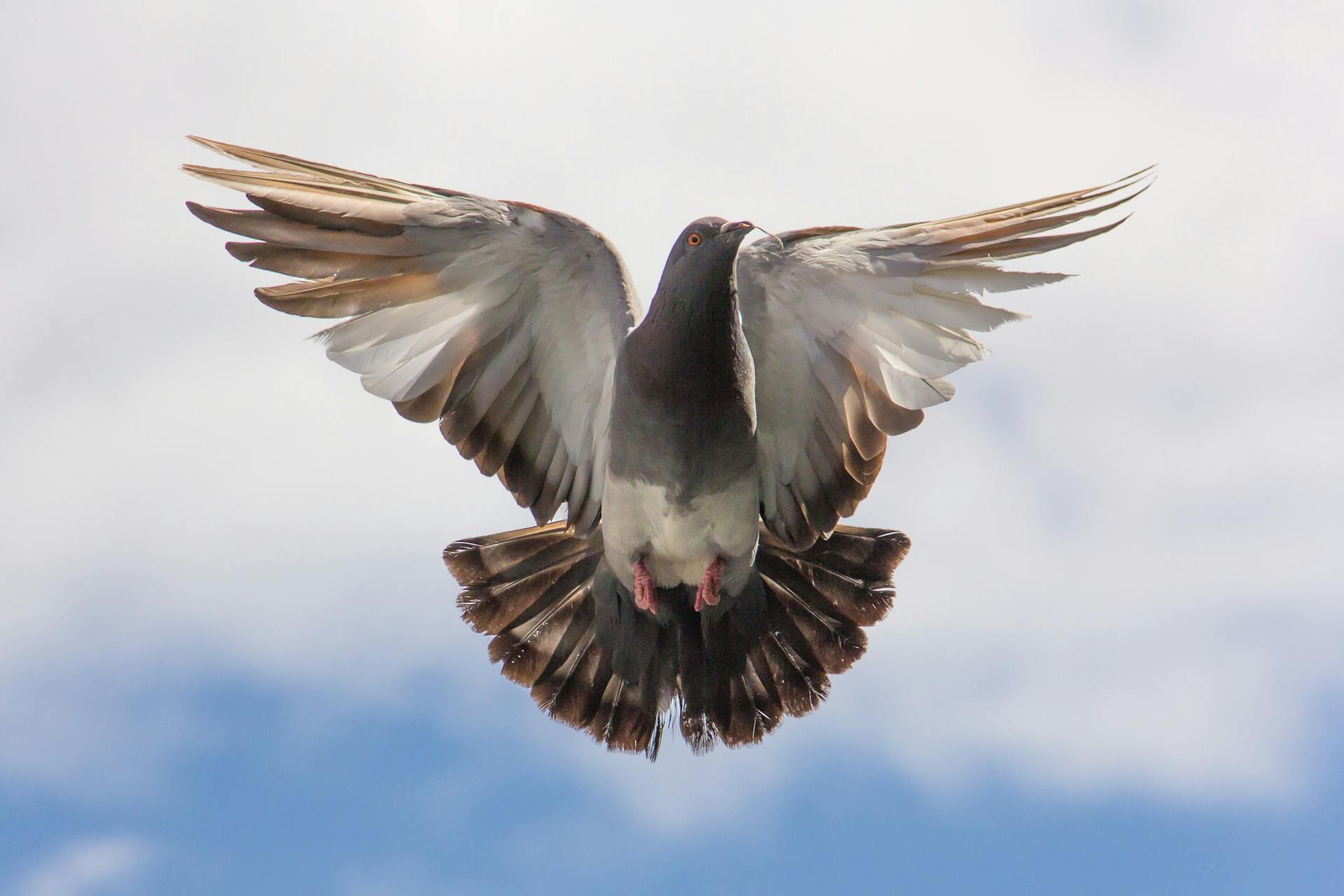
Mud fever, also known as scratches or Pastern Dermatitis, is a common skin infection in horses caused by the bacteria Dermatophilus congolensis, commonly found in wet and muddy environments. This condition typically appears on the lower legs of horses and can cause redness, swelling, scabs, hair loss and discharge. Left untreated mud fever can lead to an open sore or other more serious health problems such as abscesses or cellulitis.
To prevent mud fever it’s important to keep horses out of muddy conditions whenever possible and practice proper hygiene with hoof cleaning or wraps every time your horse enters wet or dirty environments. If you do find yourself dealing with a case of mud fever there are many treatments available to help treat the infection including antimicrobial washes (usually containing iodine) for partial baths along with antibiotic ointments for topical application. In more severe cases it’s best to consult your veterinarian for additional treatments like bandaging or oral antibiotics from prescription drugs.
The best way to avoid mud fever is prevention through good management practices such as frequent grooming before riding and avoidance of over-exposure to wet conditions during turnout time. With regular preventative care you should be able keep your horse safe from this irritating condition!
For your interest: How to Keep Ticks off Horses?
What causes mud fever in horses?
Mud fever, or pastern dermatitis, is an annoying skin condition that affects horses’ lower legs. It's caused by a combination of two factors: wet and/or unclean conditions and the presence of a bacteria called Dermatophilus congolensis.
The bacteria thrives in wet and/or unclean environments such as muddy fields, ponds, or streams where horses often graze and play. The mud traps dirt, bacteria and fungi which rub up against the horse's legs when they walk through it - leading to infection points on their skin. The lack of cleanliness present in the living environment compounds this issue - as mud accumulates it houses more microbes that cause itchiness for your horse once it gets into their skin.
Mud fever can also be triggered by changes in weather or grooming practices, particularly if there has been an increase in temperature which could lead to rain during a period when there has not been much maintenance on paddocks or stables. Wet weather paired with sweat trapping hair against the lower legs can create perfect breeding grounds for Dermatophilus congolensis too. To prevent mud fever you should groom your horse regularly and ensure they have ample shelter along with clean and dry bedding at all times if possible!
Related reading: What Do Horses Do When They Are Scared?
How can mud fever in horses be treated?
Mud fever or pastern dermatitis is a common skin condition affecting horses, usually caused by wet and muddy conditions. It can be very uncomfortable for your horse and can lead to secondary infections if left untreated. Thankfully, there are a variety of treatments available that can help you manage mud fever in your horse and get them back on their feet as soon as possible.
The first step when treating mud fever is understanding what is causing it in the first place - usually this means figuring out any underlying issues with the environment in which your horse lives. This could mean improving drainage around the paddocks and making sure that water isn’t pooling around areas your horse will be standing for long periods of time, cleaning out any mucky bedding and directing run off away from their stabling area. Making sure their grazing area isn’t too close to bodies of water, such as rivers or ponds where moist dirt may gather on their legs overnight also helps reduce risk of infection.
If lifestyle changes could not fully eradicate the problem a more direct treatment regime may be necessary; Due to the sensitive nature of equine skin, mild topical antiseptics such as Betadine® should be used under veterinary guidance when cleaning affected areas—soaping up irritated patches can make things worse by further drying out skin, so products formulated specifically for use on Equines are recommended! Once cleaned, topical ointments—such as Fuciderm—can help reduce inflammation while protecting against further bacterial invasion until lesions heal completely. In some cases systemic antibiotic therapies may even be prescribed to tackle large swathes of infection deep below the surface-level layers of tissue where topical interventions cannot reach. Other options such bathroom aids like Silvery Water®, Epsom Salt washes/soaks, aloe vera cream/gel applications -all again after consultation with a Veterinarian- have anecdotally been reported to offer relief too!
Overall Mud Fever is thankfully something that with proper preventive husbandry techniques (scheduled wallowing sessions pre or post exercise; using protective coverings etc) & early intervention iwith antibiotics & ointments you should be able to limit its spread before it becomes serious secondary complications arise!
Here's an interesting read: What Do We Do When We Fall off the Horse?
What are the signs and symptoms of mud fever in horses?
Mud fever, medically known as pastern dermatitis, is a skin condition that affects horses in wet, muddy conditions. It’s an irritation of the skin at the back of the horse’s pastern (or lower leg) caused by bacteria that live in wet environments and can happen to all horses regardless of age and gender. Although mud fever isn’t a serious condition, it can be uncomfortable for your horse and difficult to treat if not taken care of properly. That's why it's important for horse owners to understand the signs and symptoms associated with this condition.
One main symptom of mud fever is ‘scurfy lesions’ on the skin of your horse’s lower legs. These lesions will be red or dark brown patches along with noticeable swelling and heat sensing from touch. The bumps may appear tube-like or curled up in shape as a result from your horse licking or scratching them too much due to irritation caused by bacteria present on their legs that enter through hair follicles or dry tissue cracks on their skin surface.. Not only does this increase spread but also prevent any wound healing due to aggravation within the affected area directly increasing discomfort levels.
In more severe cases there could develop fluid under these scurfy patches which in turn lead towards crust formation, blistering forming abscesses along with painful swelling around joints where lesion are most commonly seen such as Fetlock & Knee areas attracting further attention minus even any visible signs present at times!
Other than being able to pick out physical symptoms yourself, you may also observe significant changes within your horses behavior like say they become abnormally hesitant when wearing shoes while walking as well display heightened sensitivity above particular areas due increased pressure & pain experienced during normal activities such trotting etc... resulting towards strains interfering perfectly healthy movements which then again leads towards general discomfort!
All n All mudfever must not be take placed lightly leaving no space for don’ts rather observing preventive measures should receive utmost priority ensuring timely investigation & treatments being meted out if required!
Here's an interesting read: What Is a Pastern on a Horse?
How can mud fever in horses be prevented?
Mud fever, or pastern dermatitis, is an inflammatory skin condition that affects a horse’s lower legs. It can be uncomfortable and even debilitating if left untreated. In order to prevent mud fever in horses, there are some simple steps which can be taken to reduce its chances of occurring or worsening.
First of all, it is important to keep the horse’s environment clean and dry. Stalls should be well-ventilated and cleaned regularly. Wet muck should be disposed of quickly so that it does not accumulate in a particular area and cause mud formation where bacteria thrive; this often occurs in wet paddocks with overgrazed grasses as well as on tracks leading from paddocks to stables. Stabling wet horses needs special attention too; drying them properly before housing them for the duration of their rest periods can help keep their lower legs healthy, free from bacterial growth which leads to infection and Mud Fever development.
Secondary infections due to scratches or injuries may also contribute to the risk of contracting Mud Fever. If a break happens in the skin surface, saturating affected limbs with antiseptic solutions helps diminish this chance drastically while treating any existing lesions at once limits further contamination both locally and systemically as well as promotes swift recovery time of affected areas beforehand affected by mud fever lesions..
Finally being consistent applying insect repellent sprays such as DEET may offers extra protection against biting insects whose bites could introduce more problems into these sensitive areas where inflammation often develops due contaminations occurring through direct contact between infected mud particles with vulnerable degrees skins found on equine pastern areas. Combined with using other protective measures such as another anti insect products like fly masks during summer months when aggravating conditions most likely occur,overal controlling measures greatly reduced instance from got developing systematically
In conclusion, keeping your horse's environment clean by disposing wet muck quickly, treating any secondary infections promptly, using antiseptic solutions on injured limbs when necessary plus repelling biting insects will all contribute towards preventing or alleviating cases of mud fever affecting your horse year round.
On a similar theme: How Often Should I Worm My Horse?
What are the long term effects of mud fever in horses?
Mud fever is a bacterial infection that affects the skin of horses. Often referred to as “rain scald” or dermatophilosis, mud fever occurs when a horse's skin is exposed to wet, muddy conditions and becomes infected with a specific bacteria. The most common symptom of mud fever is inflamed patches of skin, usually found on the limbs and pastern areas on horses. This condition can be painful and uncomfortable for horses but can become more serious if left untreated.
In its mildest form, mud fever usually clears up in 4-6 weeks without any long term effects on the horse but if not treated properly it can have a number of negative effects that may persist even after successful treatment.
The most common long term effect associated with mud fever is pigment modification or loss in the area around the affected skin patch. Skin pigmentation in these areas may become pale or even completely lose color due to changes at cellular level caused by long-term exposure to harsh environmental conditions such as sun exposure or winter winds combined with heavy rains which exacerbates outbreaks of this condition. Long term exposure to damp conditions can also increase risk for fungal infections such as thrush which further disrupts delicate tissue cells leading to permanent damage in some cases.
Leaving untreated infections also causes lasting lesions (scabs) along with hair loss around the affected area which leads to weak coats over time; weakened muscles, tendons and ligaments; inflammation lasting months; scraping/scarring injury over time ; disfigurement; reduced mobility/lameness issues because limbs are not used properly anymore due longer healing times ; chronic pain even after getting healed ; chronic lethargy no matter how many rest periods given etc.. All these issues combine together causing perpetual health problems if not diagnosed correctly and treated proactively within first sign itself!
Thus it’s always important for horse owners who suspect their animals may have contracted mud fever should take them straight away for a professional checkup so they receive prompt diagnosis and treatment before their skins are irreparably damaged by this condition!
If this caught your attention, see: Pigeon Fever
Is mud fever in horses contagious?
Mud fever, also known as pastern dermatitis, is a common skin condition of horses caused by exposure to wet and muddy conditions. It can cause inflammation, itching and cracking of the skin usually on the lower legs. It is sometimes thought to be contagious but this is not correct - mud fever cannot be passed from horse to horse and routine biosecurity protocols such as avoiding too much contact between horses should still be followed.
To understand why mud fever isn’t contagious we need to look at what actually causes it in the first place – namely wet environments combined with an array of bacteria. Generally, mudfever occurs in horses who are already susceptible due to factors such as being overworked or due to poor nutrition or genetics leading their coat or skin not being conditioned correctly meaning they are more likely suffer issues upon exposure to excess moisture. Mudfever is an infection that generally requires antibiotics, so even if a horse were able contract mudfever from another horse they would still require separate treatment before it could be completely eradicated anyway.
In summary then – while you should take necessary precautions when caring for multiple horses -mudfever can only affect individual horsesequalized by specific environmental and bacterial contaminations so thankfully it’s not contagious between animals!
You might like: Why Was the Horse so Happy?
Sources
- https://educators.brainpop.com/lesson-plan/cause-and-effect-background-information-for-teachers-and-parents/
- https://en.wikipedia.org/wiki/Mud_(2012_film)
- https://www.thefreedictionary.com/mud
- https://www.mudomaha.com/my-bill/ways-to-pay
- https://educators.brainpop.com/printable/cause-and-effect/
- https://www.mudomaha.com/
- https://educators.brainpop.com/lesson-plan/cause-and-effect-activities-for-kids/
- https://www.youtube.com/mud
- https://www.merriam-webster.com/thesaurus/mud
- https://www.imdb.com/title/tt1935179/
- https://educators.brainpop.com/lesson-plan/u-s-history-lesson-plan-exploring-cause-effect/
- https://myaccount.mudomaha.com/
- https://educators.brainpop.com/lesson-plan/causes-of-the-american-revolution-lesson-plan-analyze-forces-that-contributed-to-the-american-revolution/
- https://en.wikipedia.org/wiki/Mud
- https://www.merriam-webster.com/dictionary/mud
Featured Images: pexels.com


